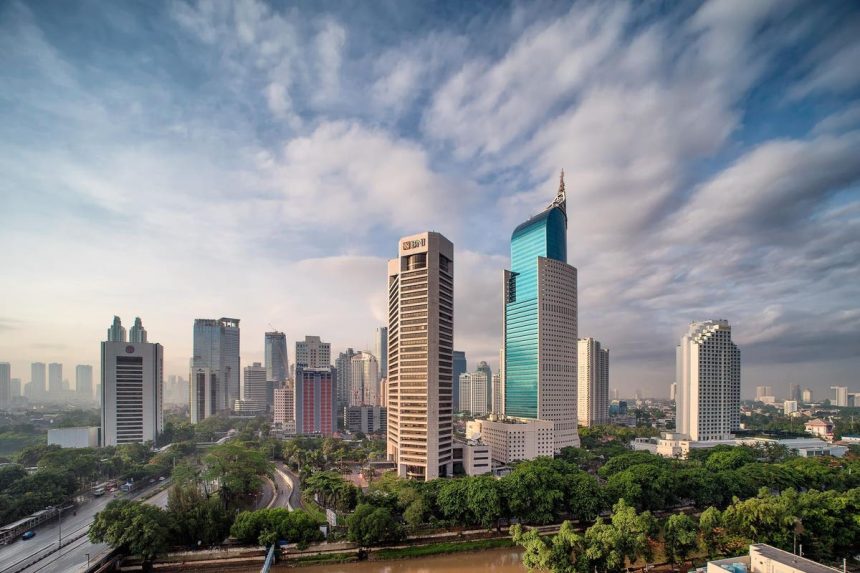Buy now, pay later (BNPL) has surged in Indonesia over the past few years, plugging a large lending gap and in many cases acting like a credit card in all but name. BNPL has grown so briskly in Indonesia that some analysts believe it will replace credit cards altogether.
Perhaps not. First, in a country Indonesia’s size – 273.8 million people – even a niche credit card market is worth pursuing. Credit cards can offer much larger credit limits than BNPL, as well as many rewards. Second, BNPL firms often lose money, while credit card companies and their banking partners generally do not. The credit card business model has been proven to be sustainable. Third, the Indonesian government wants to build up a domestic credit card network, showing that this form of payments has regulatory support.
Finally, data from Bank Indonesia show that Indonesia’s credit card has been steadily growing after falling off sharply during the first year of the pandemic. Credit card transactions in 2022 reached Rp 323.6 trillion ($24.1 billion), an increase of 32% from 2021’s Rp 244.5 trillion ($16.2 billion).
Japanese Investment
Japanese financial institutions have been stepping up their investment in Indonesia’s financial sector and in late June, Nikkei Asia reported that Japanese consumer finance group Orico will soon launch a credit card business in Indonesia via an investment in the Indonesian fintech startup Honest Financial Technologies, which established a full-scale virtual credit card business this year for use on smartphones. Orico will bring deep knowledge of the credit card sector to the venture, which will issue both digital and plastic cards.
In Indonesia, Orico will have licenses as a payment service provider, supervised by Bank Indonesia, and as a financial services company overseen by the Financial Services Authority (OJK).
The credit card tie-up between Orico and Honest Financial aims to solve a bottleneck for Indonesian consumers: the shortcomings of QR payment apps for big-ticket purchases – like automobiles. Indonesia’s credit card penetration rate is very low at just 5%, compared to 35% in Thailand and 30% in Malaysia, so low-hanging fruit remains abundant.
Domestic Card Network
One of the most intriguing recent developments in Indonesia’s credit card market is the announcement of a government-led domestic card network. At this point, it is unclear how the nascent project will affect foreign card companies, but Bank Indonesia seems intent on helping Southeast Asia’s largest economy build more comprehensive domestic payments infrastructure.
In doing so, Indonesia would be following in the footsteps of both China and India, which respectively limited the footprint of foreign payments firms as they built up domestic payment juggernauts. In China’s case, that has been UnionPay, Alipay and WeChat Pay, while in India, the United Payments Interface (UPI) payments rail has become paramount.
Foreign credit card giants are now gradually being allowed to process local currency transactions in the China market, but it is unclear to what degree they will be able to gain market share, while the Reserve Bank of India may soon allow credit cards issued by Visa
V
MA
In Indonesia’s case, it seems the government wants to reduce the country’s current dependency on the foreign credit card giants, though credit card penetration in the country is not high. Visa and Mastercard account for about 90% of credit cards in the country. Freddy Karyadi, partner at Indonesian law firm Ali Budiardjo, Nugroho, Reksodiputro and board member of the country’s Fintech Alliance, told The Banker, “The utilization of a local credit card payment system would provide more alternatives for Indonesian banks and finance companies to offer new products for credit cards.”
A Big Enough Pie
It comes as no surprise that Southeast Asia’s largest economy wants to strengthen its domestic payments infrastructure, but we recommend taking a wait-and-see attitude to the initiative. The idea that Jakarta would simply “pull the plug on Visa and Mastercard” is a bit far-fetched. Rather, it is more likely that the governments wants to introduce more market competition, create new opportunities for local companies and possibly help Indonesians avoid some of the fees associated with foreign payments systems.
At the same time, it is important to keep in mind that the foreign card giants have truly global payments networks that are useful for Indonesian companies engaged in cross-border business. Given that use of the government’s card system is likely to be voluntary, merchants who benefit from using Visa and Mastercard are unlikely to stop using the foreign card giants.
Additionally, it is unclear if the Indonesian government can build a world-class national payments system. As noted by the University of Melbourne, “the system must reliably facilitate commercial transactions, guarantee the safety of user data, and prevent and detect fraud.” It will be difficult to rival the capabilities of Visa and Mastercard in these areas.
The good news is that the pie is likely big enough for multiple payments firms, both international and domestic. Indeed, for all its financial digitization efforts, Indonesia still uses cash for 76% of payments. That means there is still plenty of opportunity for credit cards – as well as other forms of digital payments – to capture market share. The Indonesia cards and payments market reached $51.4 billion in 2022 and is expected to achieve a CAGR of more than 14% from 2022-2026.
With that in mind, the Indonesian market is likely to be a good bet for credit card companies for many years to come.
Read the full article here




